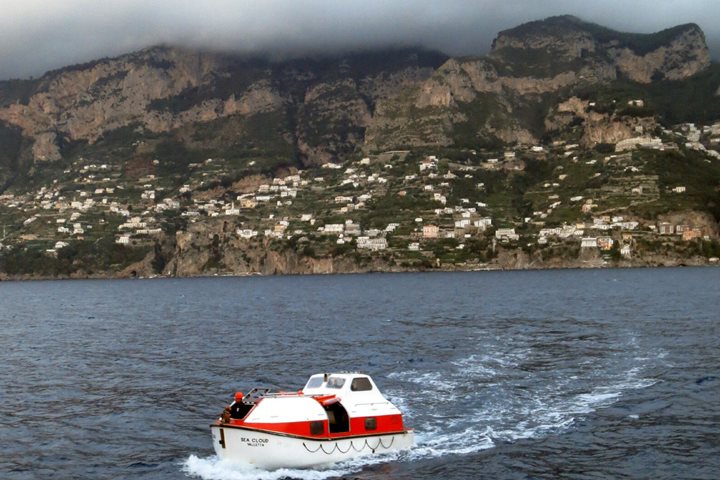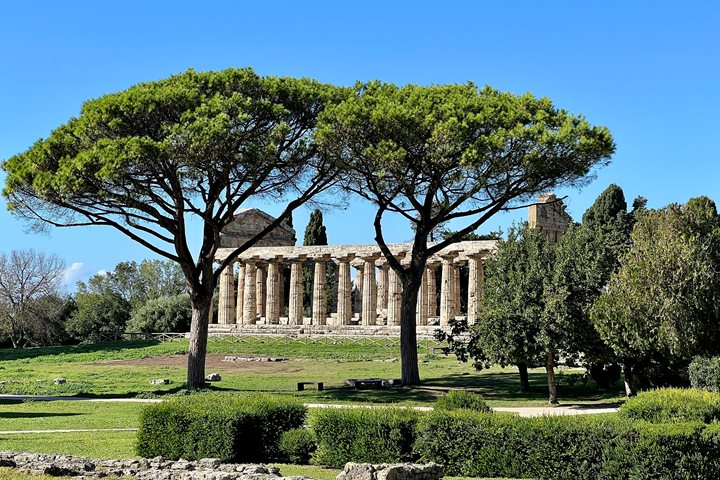We are not far from Mount Vesuvius, the only active volcano on mainland Europe, and one that in the autumn of 79 AD violently spewed forth a deadly cloud of super-heated tephra and gases to a height of more than 30 km. The ancient Roman city of Pompeii was buried under six meters of ash and forgotten for several centuries until in the 1800s, when it was rediscovered and excavated. Today, Pompeii is a UNESCO World Heritage site visited by 2.5 million people every year. It has given us a view into the everyday life of ancient Rome, their common language, costumes, rituals, fast food places, and beliefs.
The ruins of Pompeii also give us insight into the eruption itself. Detailed stratigraphic study of ash layers based on excavations and surveys concluded that the eruption unfolded in two phases, Plinian and Pelean, which alternated six times. A first Plinian phase projected a column of volcanic debris and hot gases between 15 km and 30 km into the stratosphere. This phase lasted 18 to 20 hours and spread pumice and ashes, forming a 2.8 m layer to the south, towards Pompeii.
The following Pelean phase produced pyroclastic surges of molten rock and hot gases. Concentrated to the south and southeast, two pyroclastic surges engulfed Pompeii with a 1.8-metre-deep layer, burning and asphyxiating any living beings who had remained behind. Pyroclastic flows are the most deadly of volcanic hazards. They are a type of gravity flow, as they normally touch the ground and hurtle downhill, or spread laterally under gravity. Their speed depends upon the density of the current, the volcanic output rate, and the gradient of the slope. Flows can reach speeds of 700 km/h and temperatures of 1,000 degrees Celsius.
The eruption of Vesuvius in 79 AD is considered primarily phreatomagmatic, that is a blast driven by energy from escaping steam produced by seawater seeping into the deep-seated faults and interacting with hot magma. The last time Vesuvius erupted was in 1944, but never with the violence of the combined Plinian and Pelean eruption of 79 AD.
Today we walk the streets of a city which, about 2,000 years ago, was inhabited by human beings who, we discover, were not very different from us.







